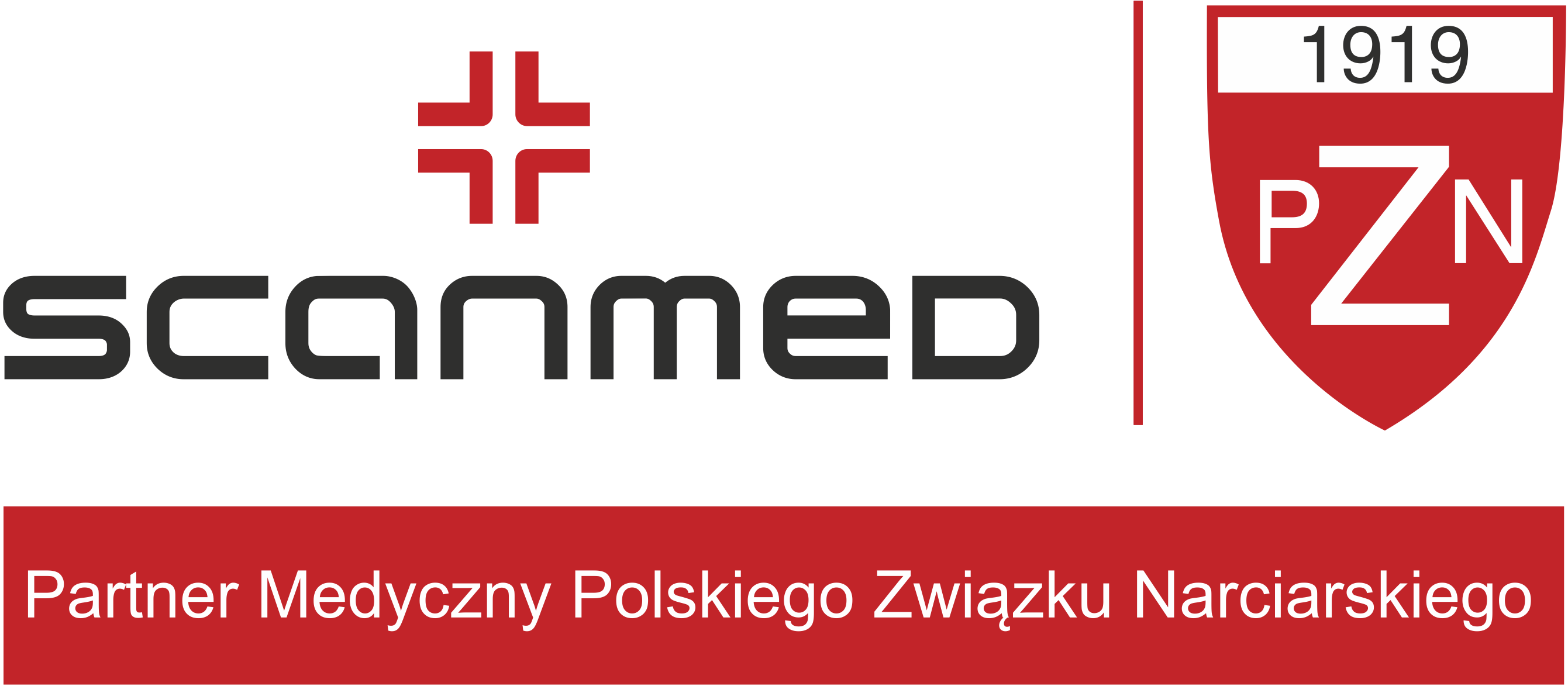Types of examinations conducted:
- Evaluation in carpal tunnel syndrome (ENG examination of the median nerve, assessing stimulus conduction in nerve fibres)
- ENG examination allowing the localisation and assessment of damage to individual nerves
- Examination for polyneuropathy
- Neuromuscular hyperexcitability tests (tetany test/ischemic test)
- Neuromuscular transmission tests (myasthenic test)
The examination should be performed if you:
- have muscle damage due to injuries
- experience sciatica/brachialgia
- suffer from neuromuscular hyperexcitability syndrome
- have muscular dystrophy





